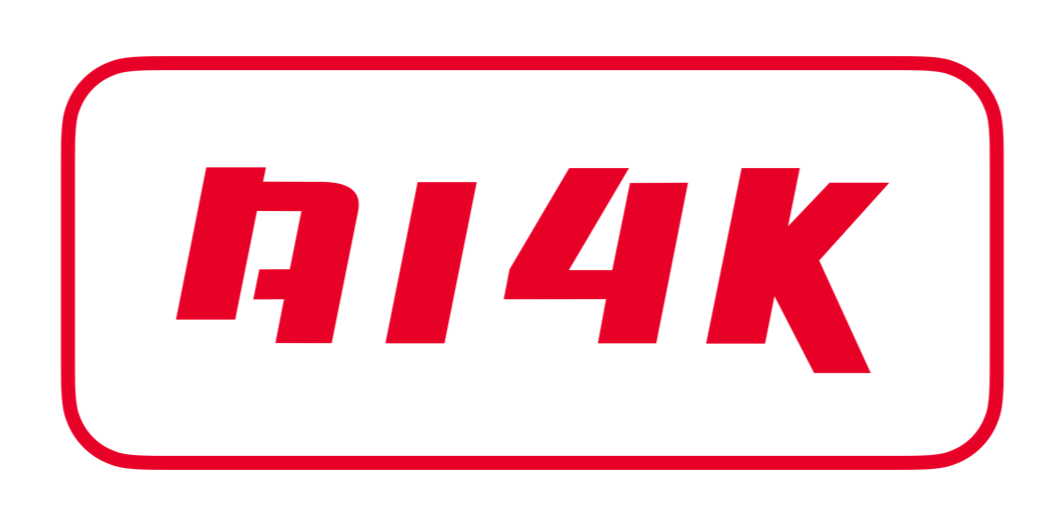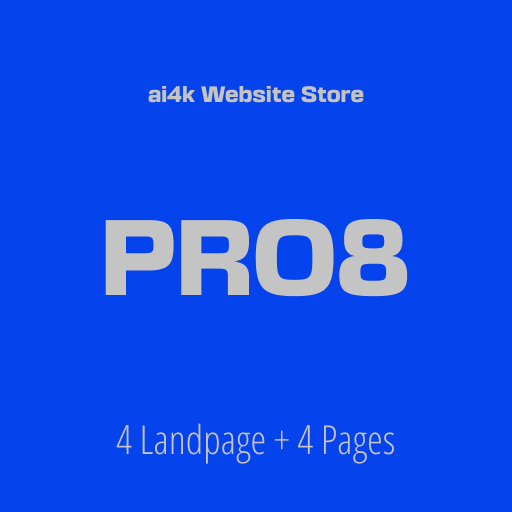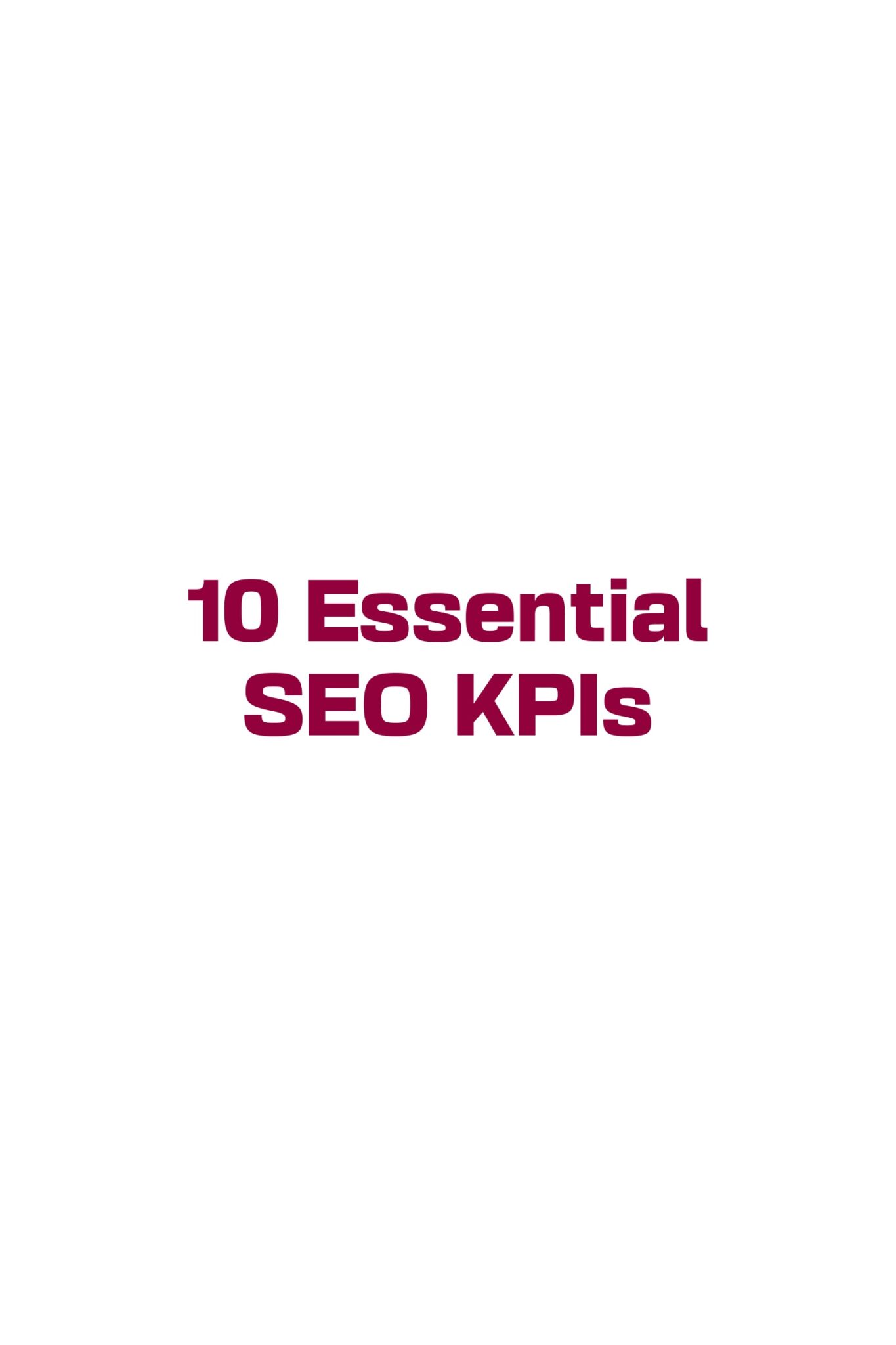SEO for Beginners
SEO is the process of improving a website’s visibility in search results. It includes:
On-Page SEO: Optimizing content, headings, and meta tags.
Technical SEO: Ensuring fast load times, mobile-friendliness, and proper indexing.
Off-Page SEO: Building authority through backlinks, social signals, and brand mentions.
A strong SEO strategy helps your website attract organic traffic and rank higher on Google.
What is SEO?
SEO is more than just adding keywords—it involves optimizing all aspects of your website so search engines can understand and rank it effectively. Key elements include:
Keyword Research: Identifying search terms your audience uses.
Content Optimization: Creating high-quality, informative content.
Technical Enhancements: Ensuring fast load times, security (HTTPS), and structured data.
By aligning content with search engine algorithms, businesses can increase their online visibility and customer reach.
AEO Optimization: 2025 Trends & Visibility
While SEO targets traditional search engines, AEO optimizes content for AI-powered search engines, voice assistants (Siri, Alexa), and featured snippets.
What is AEO (Answer Engine Optimization)?
Answer Engine Optimization (AEO) is the process of optimizing content specifically to rank in AI-driven search results, voice assistants, and direct answer boxes in search engines like Google, Bing, and AI-powered chatbots.
Unlike traditional SEO, which focuses on ranking web pages in search results, AEO aims to provide direct, concise, and authoritative answers that search engines can use to respond to user queries instantly.
Why is AEO Important?
With the rise of voice search, AI-driven search experiences, and featured snippets, users increasingly expect immediate, accurate answers rather than just a list of websites. AEO helps businesses become the go-to source for these answers.
For example
•When someone asks Siri, Alexa, or Google Assistant a question, the response comes from a highly optimized source—AEO helps your content become that source.
•Google’s featured snippets and zero-click searches show direct answers instead of website links—AEO ensures your content is selected.
•AI-driven search (like Google’s SGE) is changing how users interact with search results—AEO helps you adapt.
Key Strategies for AEO Optimization
Answer Questions Clearly and Concisely
- Use FAQ-style content that directly answers common user questions.
- Structure answers using short paragraphs, bullet points, and numbered lists.
- Ensure the answer is within the first 50-60 words to increase the chances of appearing in featured snippets.
Optimize for Featured Snippets & Zero-Click Searches
- Use question-based headings (e.g., “What is AEO?”) and provide direct answers.
- Structure content in a way that Google can easily extract and display.
- Include tables, lists, and concise definitions for better readability.
Leverage Structured Data (Schema Markup)
- Use FAQ Schema, How-To Schema, and Article Schema to help search engines understand your content better.
- Mark up content with structured data to increase the likelihood of appearing in rich results.
Optimize for Voice Search
- Write content in a natural, conversational tone since voice searches are more human-like.
- Use long-tail, question-based keywords (e.g., “How do I optimize for AEO?”).
- Focus on local SEO (many voice searches are local, like “best coffee shop near me”).
Demonstrate E-E-A-T (Experience, Expertise, Authoritativeness, Trustworthiness)
- Provide content from credible sources and link to authoritative references.
- Include author bios to showcase expertise.
- Regularly update content to keep information relevant.






